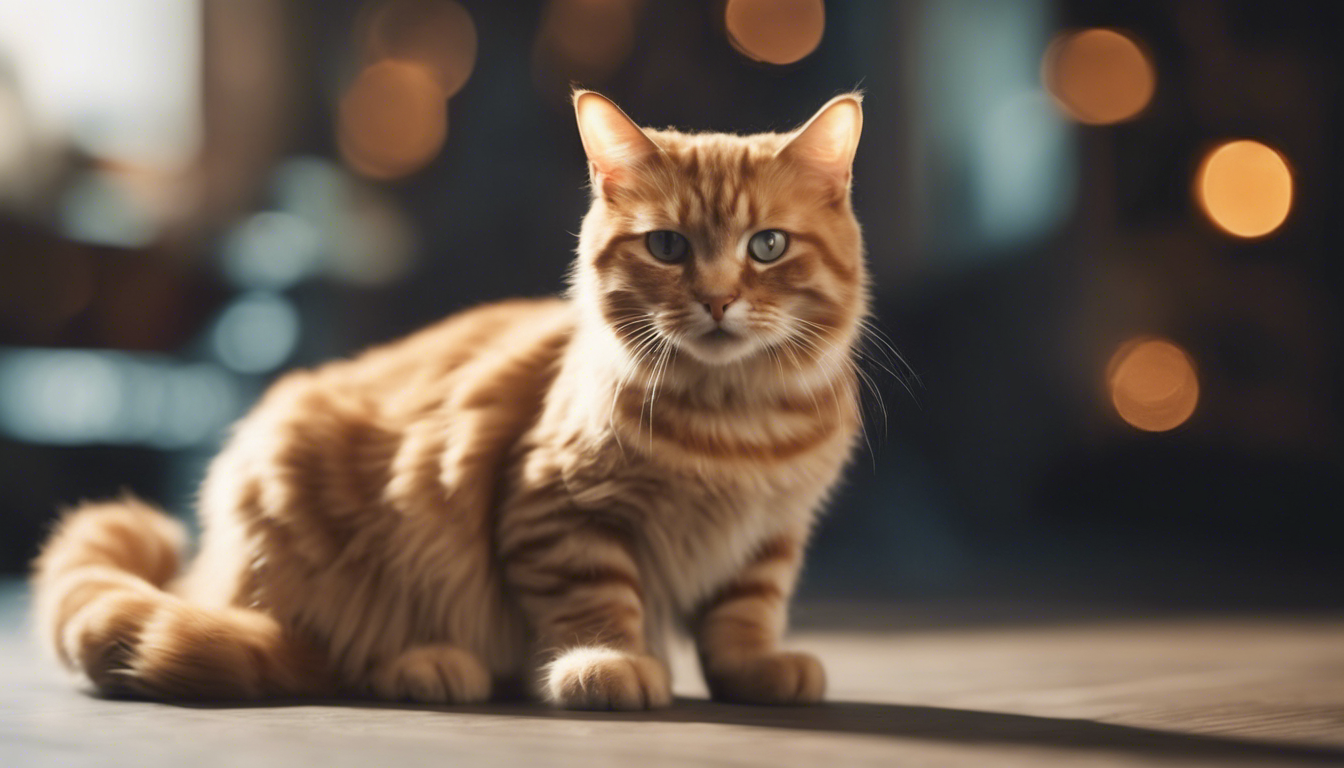Contents
Unraveling the Mystery: An Overview
Cats are fascinating creatures with myriad unique traits. Among those traits, their agile, expressive tails remain a mystery to many pet enthusiasts. The question may arise – what is the purpose of a cat’s tail? This informative guide will shed light on this puzzle, providing important insights about our feline friends.
Functions of a Cat’s Tail
A cat’s tail is far more than just an extension of their spine, it plays several key roles in their daily life. Let’s break down the key facts:
Maintaining Balance
Cats are known for their exceptional agility and balance, and their tails contribute significantly to these skills. Similar to a tightrope walker who uses a pole to maintain balance, cats use their tails to adjust their center of gravity and stabilize themselves, particularly while jumping or making sharp turns.
Expressing Emotions
A cat’s tail is also an important tool for communication. It acts like a mood barometer, helping them express their feelings. A flicking or thrashing tail usually indicates irritation, while a puffed-up tail can suggest fear or aggression. When a cat’s tail is held high, it generally signals happiness or confidence.
Signaling Intentions
Beyond just expressing feelings, a cat’s tail can also signal its intentions. For instance, a slow swishing tail may indicate that a cat is about to pounce on its prey. Becoming familiar with these signs can vastly improve owner-animal understanding and interaction.
During hunting or exploration, a cat’s tail helps them navigate by acting as a rudder, steering their direction and contributing to their exceptional maneuverability.
Health Indications
Not only for communication and balance, but a cat’s tail also provides indications about their health. Changes in tail movement or appearance, such as drooping or puffing without any apparent trigger, might suggest potential health issues that need medical attention.
Preserving Tail Health: Some Helpful Tips
Maintaining a cat’s tail health is vital. Here are some quick tips:
- Regularly groom your cat’s tail to avoid matting and detect any abnormalities, like lumps or injuries.
- Probe for any changes in your cat’s tail movement or alignment, which might indicate potential health issues.
- Never pull or tug your cat’s tail as it can cause serious spinal injuries.
- Consult a veterinarian immediately if you observe any unusual behavior related to your cat’s tail.
FAQs
Voir cette publication sur Instagram
Why do cats flick their tails when they’re annoyed?
A cat’s tail movement is a form of communication. When a cat flicks its tail, it usually means they are annoyed or agitated.
Can a cat live without its tail?
Yes, a cat can live without its tail, but it might face challenges in maintaining its balance.
Can a cat’s tail heal itself after injury?
Depending on the severity of the injury, it might heal naturally. However, in case of serious injuries, one should always consult a vet.
This guide has furnished you with valuable knowledge of the diverse ways a cat’s tail contributes to their life. This newfound understanding will undoubtedly serve to enhance the bond between you and your feline friend.





